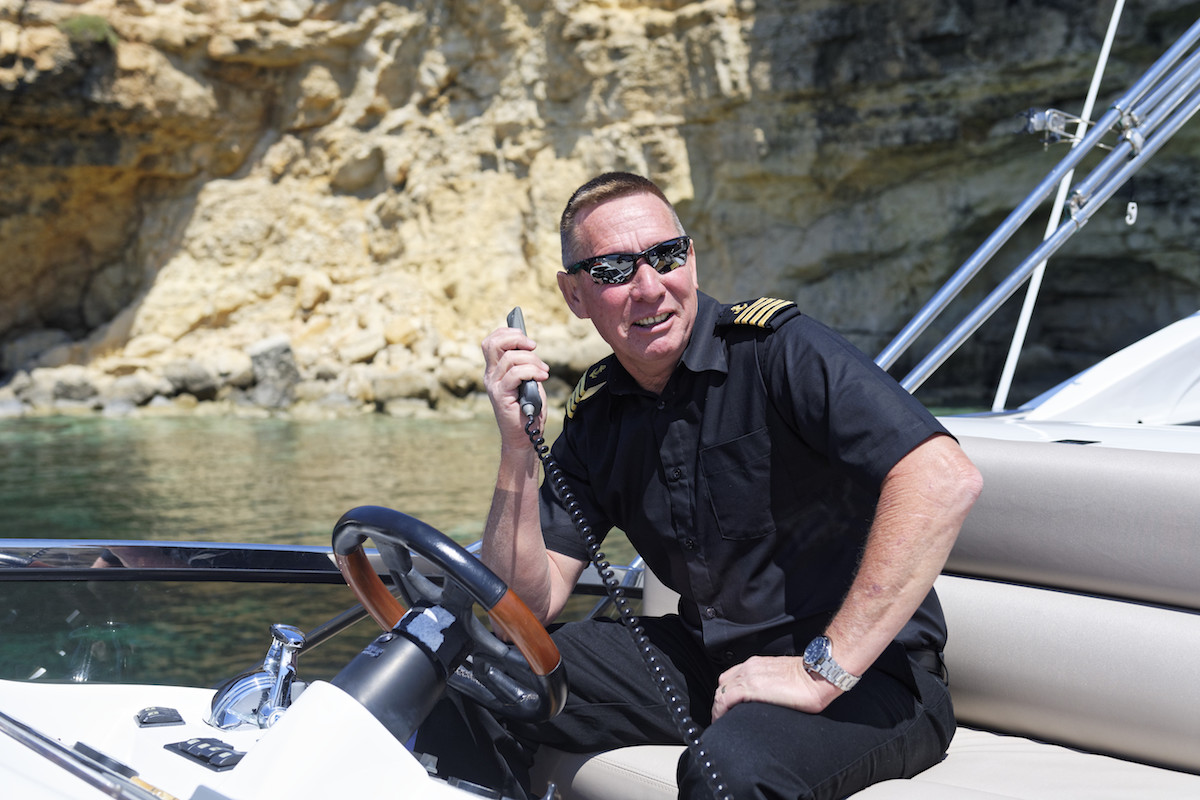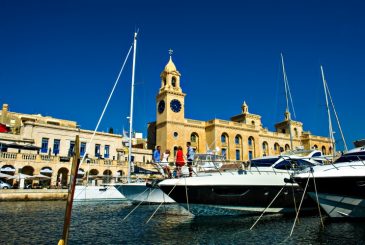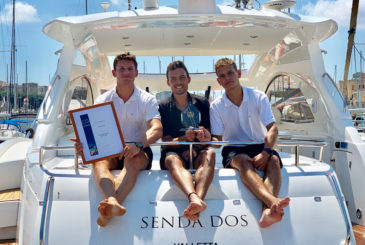Many colourful and fascinating terms and phrases come from the world of yachting and boating. Fresh for the start of the 2018 yachting season, we've handpicked a selection for you that's worth knowing and lots of fun to try out.
1. Bow, Stern, Fore & Aft
Bow is the front and stern is the back of the boat. If someone asks you to throw them the stern line, you should toss them the line situated at the rear of the boat. Which brings us to aft. While bow and stern are nouns that refers to a thing (the physical front or back of a boat), aft and fore are adverbs used to a describe direction (fore being the front direction, and aft the back) For example: to find the head, go to the stateroom and keep heading aft.

The livin' is easy at the stern.
2. Port & Starboard
Port is ‘left’ and starboard is ‘right’. Get it right every time by remembering there’s four letters in ‘port’ and four letters in ‘left’. That’s your formula, making starboard always ‘right’.
3. Head
In sailing terms, head is a word of Navy origin that means toilet. Head comes from the word figurehead because, in the golden age of sail, crew would answer the call of nature either side of the bowsprit, to which the figurehead (as seen below) was fastened at the ship's bow. Contrary to widespread belief, the head is NOT situated on the poop deck.
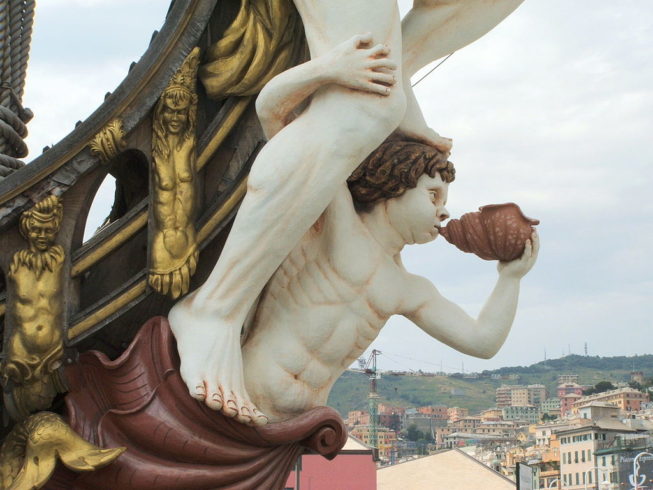
Attention all shipping: The word head comes from figurehead.
4. Bombay Runner (creepy-crawliest of all sailing terms?)
A Bombay Runner isn't a smuggler from the sub-continent but rather a nautical description of a cockroach. A very large one. Reports from sailors suggest pukka Bombay Runners are, at the very least, mouse sized.
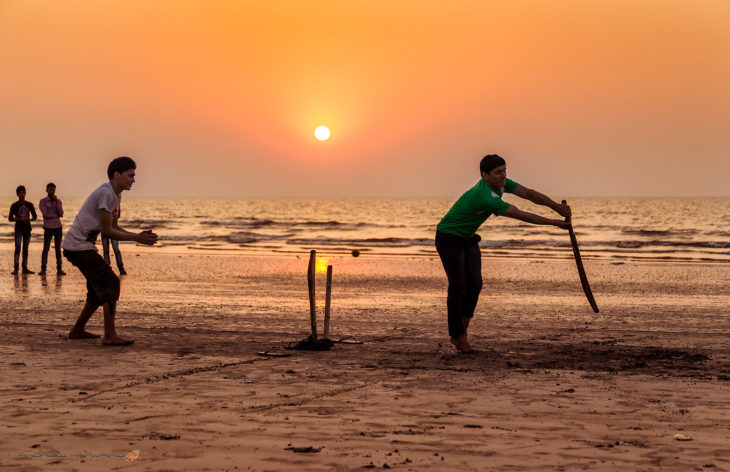
Who wants to see a cockroach when you can watch cricket on the beach instead? (Mumbai, formerly Bombay).
5. Flybridge
The flybridge or flying bridge is the open deck above the main bridge of a yacht equipped with duplicate controls. Its purpose is to provide unobstructed views of the fore (front), aft and sides of a vessel.
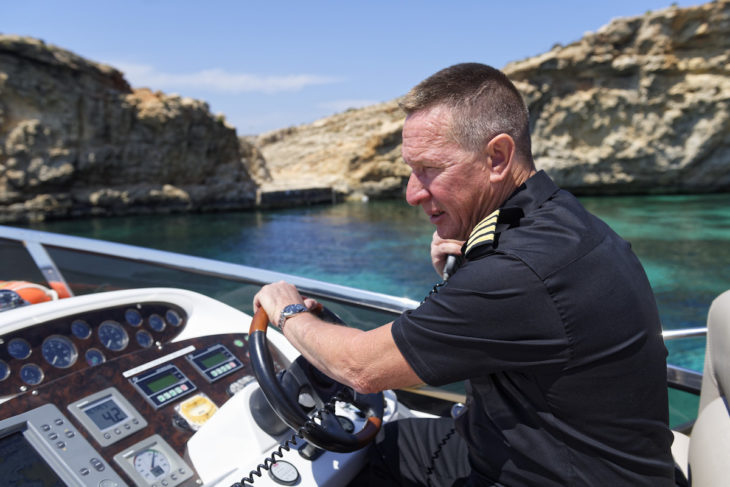
Captain on the Flybridge.
6. Bilge
The bilge is the lowest part of the interior of a ship and sits below the water line. Bilge water is the name of the dirty water that collects there. Bilge-drinking swab was a common insult among corsairs.
7. Fenders
Perhaps the smuggest of all corrections you'll hear comes from calling those longish rubber tube things. . . bumpers. They're fenders and they are designed to protect the sides of boats from docks and other boats.
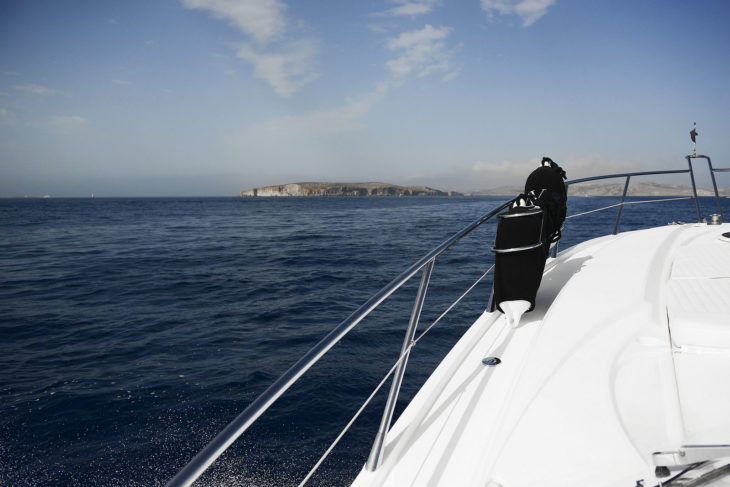
Fenders. . . not bumpers.
8. Line
Get this term correct and you’ll really impress the sailors. While many boating types think rope and line are interchangeable, they are not. On a boat, rope is cordage that is unemployed. Line, on the other hand, is rope that is actively doing a job, such as anchor line, bowline or stern line.
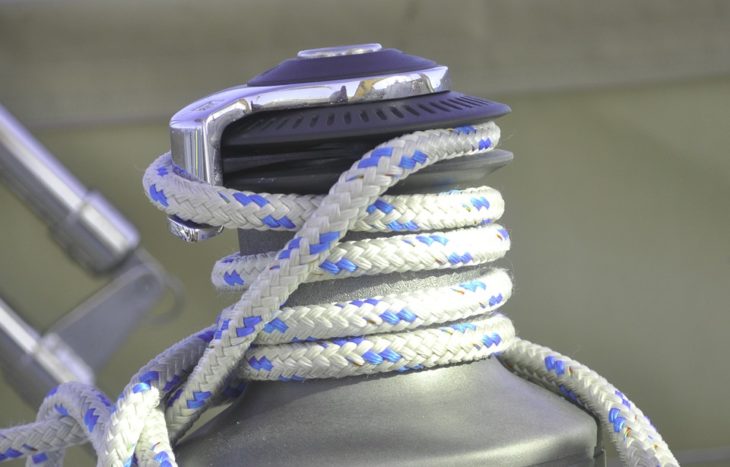
Definitely line.
9. Escutcheon
Next time you see any of the Azure Ultra crew, test their knowledge of sailing terms by saying you’ve spotted a stain on the escutcheon – the place aft of the vessel where the boat's name is written.
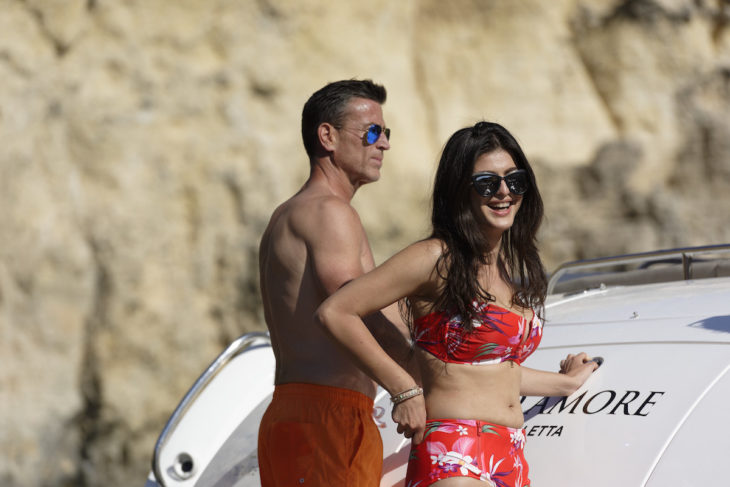
Sharing a joke near the escutcheon.
10. Fluke
Wedge-shaped part of an anchor's arms, designed to bury itself in soft sea sand or hook on to rocks and hold the yacht in place. Fluke also refers to any occasion where this occurs on the first attempt.
11. Cat’s Paws
The name for little scattered areas of small waves caused by variable winds blowing on calm waters. Think of the wind toying with you, the way a cat toys with prey.
12. Sheep
When Maltese want to say the sea is choppy, they simply say sheep (Maltese: Naghag, pronounced Naaj). Most probably, the phrase comes from 'the sheep are in the pasture', a term mariners use to describe the sea when foam-crested waves called whitecaps appear in large numbers.
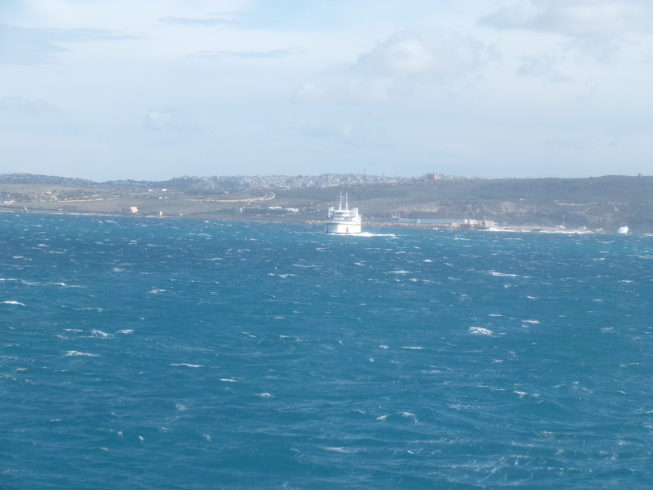
There are sheep in the pasture, along with the Gozo ferry
13. Stateroom
There are no bedrooms on yachts or boats. Only staterooms, which goes back to the days when only officers or people of status had private rooms on a ship.

Elegant stateroom on Azure Ultra Sunseeker Mio Amore
14. Sun is Over the Yardarm
The sun is over the yardarm is one of the traditional nautical sailing terms, meaning that its time for a morning drink. In the northern latitudes, the sun would typically show above the foreyard of a ship by 1100. This was the time of the forenoon stand-easy, when many officers would nip below for their first tipple of the day. One over the yardarm, anyone?
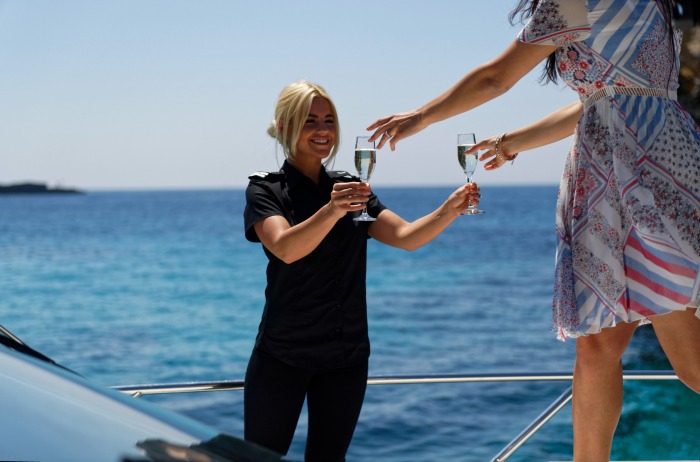
The sun's over the yardarm, break out the brunch and bubbly!

